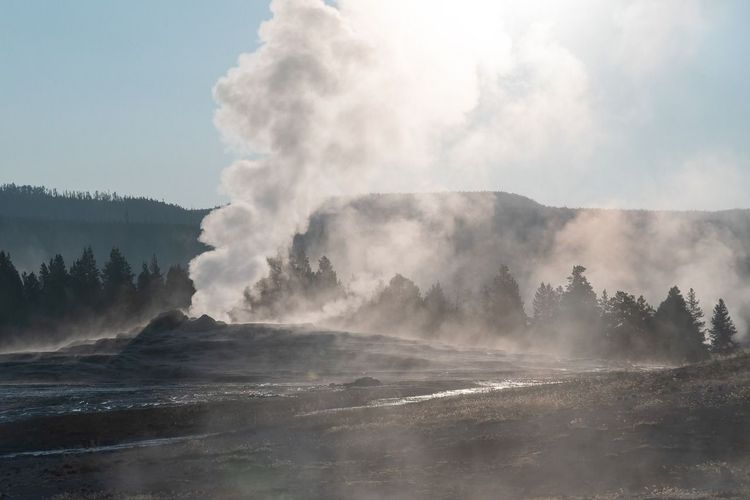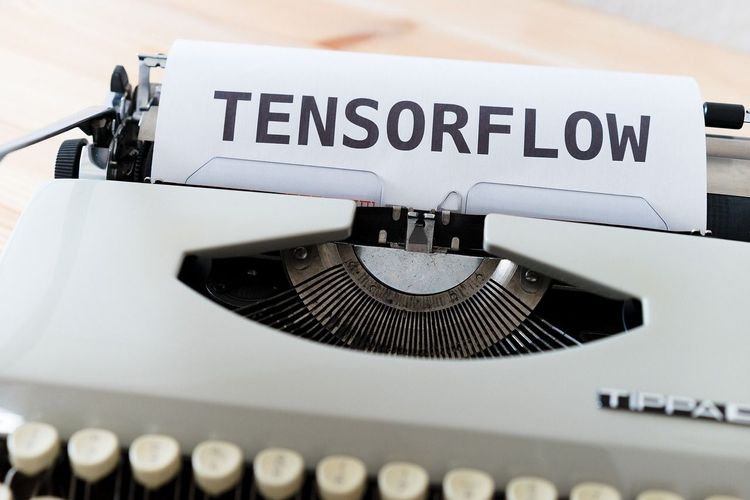When the silent short film L'Arrivée d'un train en gare de La Ciotat premiered in 1896, it reportedly caused panic among some theatergoers who thought a real train might burst through the screen. This reaction seems wild today, especially given the film's low-resolution quality. However, if those early cinema fans had laid eyes on the AI-enhanced, upscaled version created by Denis Shiryaev, they would have been even more astonished.
Shiryaev utilized two publicly available enhancement tools, DAIN and Topaz Labs' Gigapixel AI, to transform the original footage into a stunning 4K 60FPS clip. Gigapixel AI employs a unique interpolation algorithm that analyzes images to recognize details and structures, effectively sharpening and clarifying visuals, even when resized up to 600% larger. In contrast, DAIN generates additional frames between existing video frames, similar to the motion smoothing feature found on some 4K TVs—though far more effective.
The rise of upscaling technology has been crucial to the evolution of broadcast entertainment since high-definition televisions debuted in 1998. Standard definition TVs displayed content at a resolution of 720x480 pixels (345,600 total pixels). In comparison, high-definition TVs offer 1920x1080 resolution (2,073,600 pixels)—six times the SD resolution—while 4K displays boast 3840x2160 resolution, requiring 8,294,400 pixels. Upscaling expands an HD image to fit a 4K screen, filling in an additional six million pixels.
To determine what these new pixels should display, interpolation is employed. This process estimates pixel values based on surrounding pixels using various methods. The "nearest neighbor" approach simply fills pixels with similar colors from nearby pixels, resulting in a blocky image. Bilinear interpolation, which examines two neighboring pixels, generates smoother gradients, enhancing sharpness. Bicubic interpolation samples from 16 neighbors, offering better color accuracy but often blurring details. By combining bilinear and bicubic methods, TVs can produce upscaled images with minimal quality loss.
As interpolation involves estimation, incorporating AI can significantly improve the process. Programs like DAIN utilize deep convolutional neural networks to analyze video clips and generate additional frames intelligently. While the results are impressive, they’re not flawless. Tech media outlets' video producer Chris Schodt noted visual artifacts, such as distorted train movements and merged pedestrians. "It looks great as a YouTube-sized piece," Schodt remarked, "but when enlarged to full screen, the details in the foreground are solid, whereas backgrounds and edges can appear less cohesive."
Despite its imperfections, Shiryaev's technique opens exciting possibilities. Could we be on the brink of a silent film renaissance as classic film stocks are digitized and enhanced through AI?







